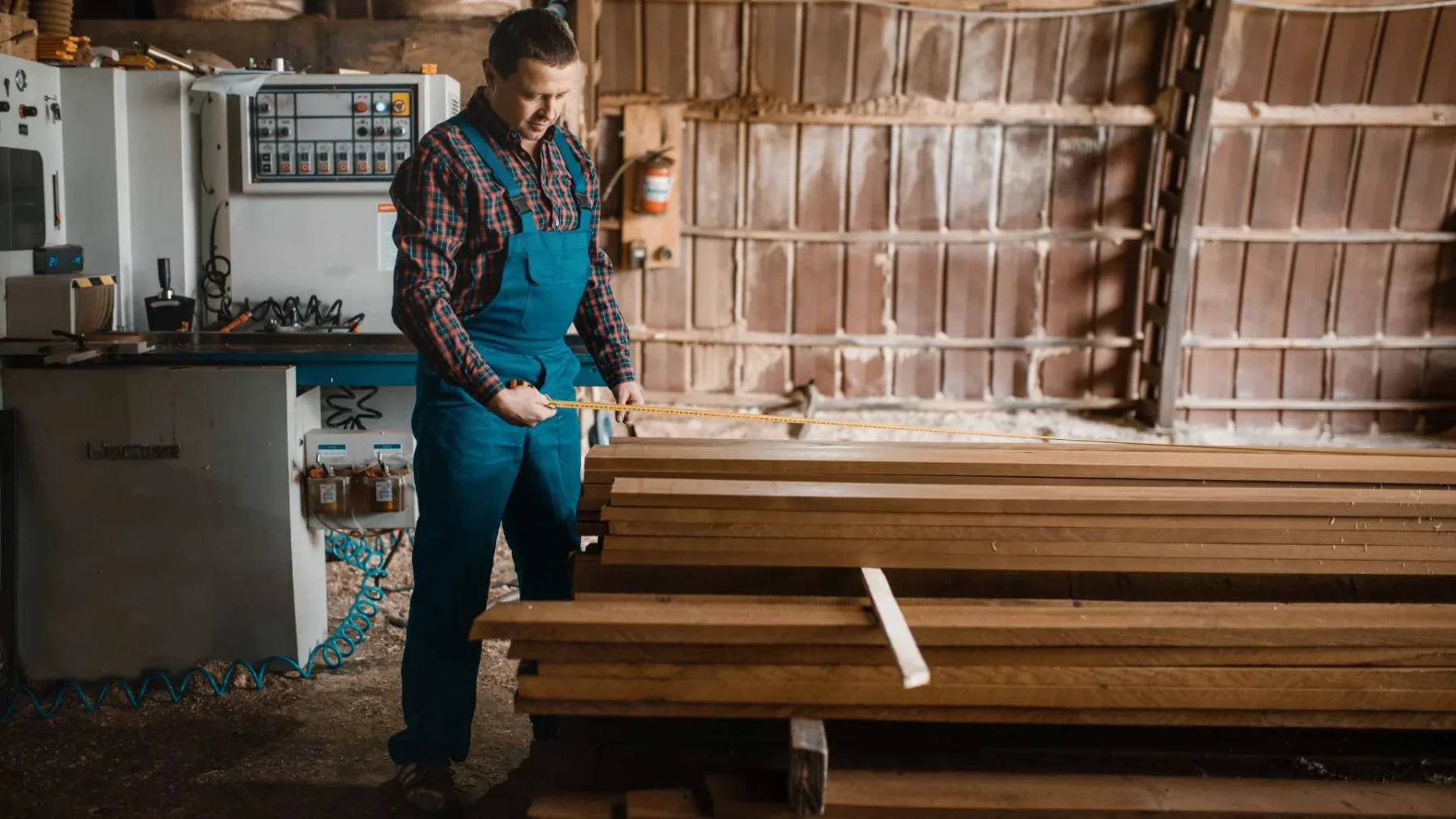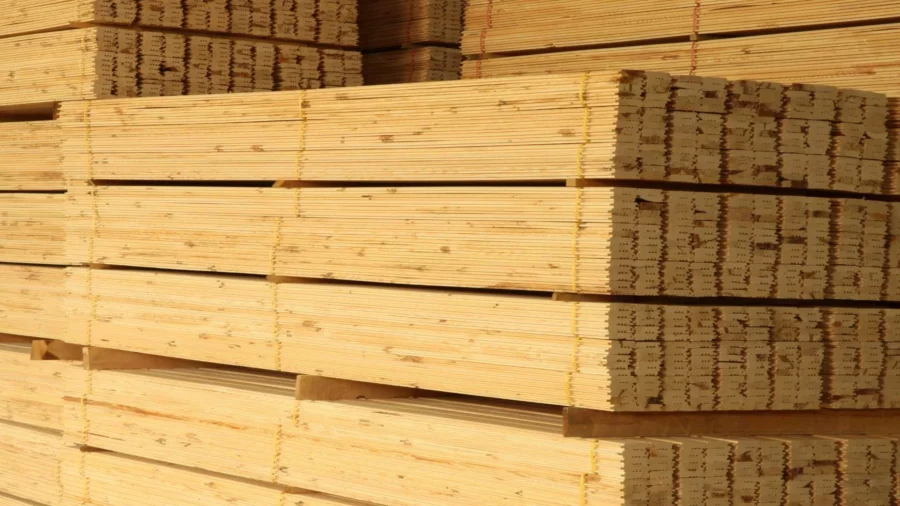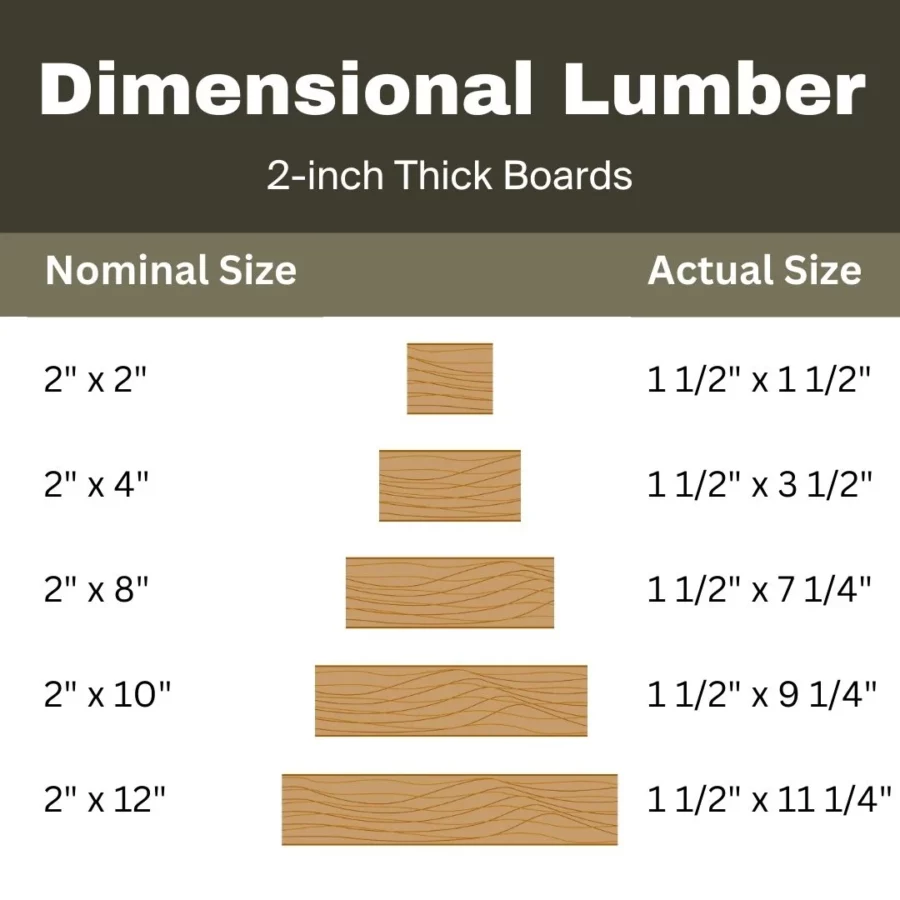Understanding Nominal vs Actual Lumber Sizes

When it comes to purchasing softwood lumber, understanding the difference between nominal and actual sizes can make a difference when planning a new development. Why isn't a 2x4 piece of lumber actually 2 inches thick and 4 inches wide? And why do the measurements of 4x4s and 1x6s differ from their nominal sizes? In this guide, we will talk about the intricacies of nominal lumber sizes, the reasons behind the differences, and shedding light on industry practices.

The Origins of Nominal Lumber Sizes
The derivation of nominal lumber measurements dates back to a board's size before it undergoes drying and surfacing on all four sides. Originally, a 2x4 piece of lumber was cut as a rough green board, which was approximately 2 inches thick and 4 inches wide. However, during the drying and surfacing processes, the boards undergo shrinkage, resulting in smaller dimensions. Today, modern sawing, drying, and planing technologies have become much more precise, allowing boards to be cut slightly smaller than the traditional 2x4 inches while still leaving enough material to dress after drying, resulting in final dimensions of 1 ½ inches thick and 3 ½ inches wide.
The Difference Between Nominal and Actual Dimensions
Nominal lumber sizes refer to the standard terminology used in the industry for buying, selling, and specifying softwood lumber. These sizes are based on historical conventions and reflect the rough green dimensions of the boards before drying and surfacing. On the other hand, actual dimensions refer to the final sizes of the lumber after it has undergone drying and surfacing. These dimensions are typically smaller than the nominal sizes due to shrinkage and material removal during the processing stages.
Standard Sizes of Softwood Dimensional Lumber
To illustrate this further, let's consider the most commonly available dimension lumber sizes: 2x4 through 2x12. While the nominal dimensions of 2x4s and 2x6s are 2 inches by 4 inches and 2 inches by 6 inches, respectively, their actual dimensions are slightly smaller. The 2x4s and 2x6s are typically ½ inch less than their nominal widths. Similarly, the 2x8s, 2x10s, and 2x12s have actual widths that are ¾ of an inch less than their nominal sizes. These differences in width are a result of the varying rates of shrinkage during the drying process, with wider lumber experiencing more significant reductions in width compared to narrower boards.

The Significance of Nominal Lumber Sizes
Nominal lumber sizes have become an industry standard, and builders, engineers, architects, buyers, and sellers are familiar with the differences between nominal and actual dimensions. While there have been lawsuits against some retailers for selling undersized lumber, the courts have recognized the long-standing use of nominal sizes in the industry. However, to address consumer concerns, the courts have mandated a new requirement for size labels. According to the American Wood Council, lumber can be labeled with nominal dimensions as long as the label or sign clearly states that the size provided is nominal. Additionally, the label should also include the actual or minimum measurements. This ensures that consumers are informed about the differences between nominal and actual lumber sizes.
Softwood Dimension Lumber Sizes
Dimensional lumber, also known as framing lumber, refers to lumber that has been cut and finished on all four sides (S4S). This type of lumber is commonly used in the framing of buildings, hence its name. Technically, dimensional lumber can be defined as sawed softwood lumber ranging from 2 to 5 inches thick and 4 to 12 inches wide. The length of dimensional lumber can vary from 6 to 24 feet. To ensure standardization, the PS 20-20 American Softwood Lumber Standard lists the nominal and minimum dressed sizes for all categories of structural and nonstructural lumber.

Understanding nominal lumber sizes is crucial for anyone working with softwood lumber. The nominal dimensions of lumber reflect the historical conventions and rough green sizes of the boards before drying and surfacing, while the actual dimensions represent the final sizes after these processes. Although there have been lawsuits regarding undersized lumber, the courts have recognized the long-standing use of nominal sizes in the industry. By labeling lumber with both nominal and actual dimensions, consumers can make informed decisions when purchasing lumber for their projects. So, the next time you visit a lumber yard, you'll be well-equipped to understand nominal lumber sizes with confidence.
Are you looking to order lumber for your yard? Contact us.


